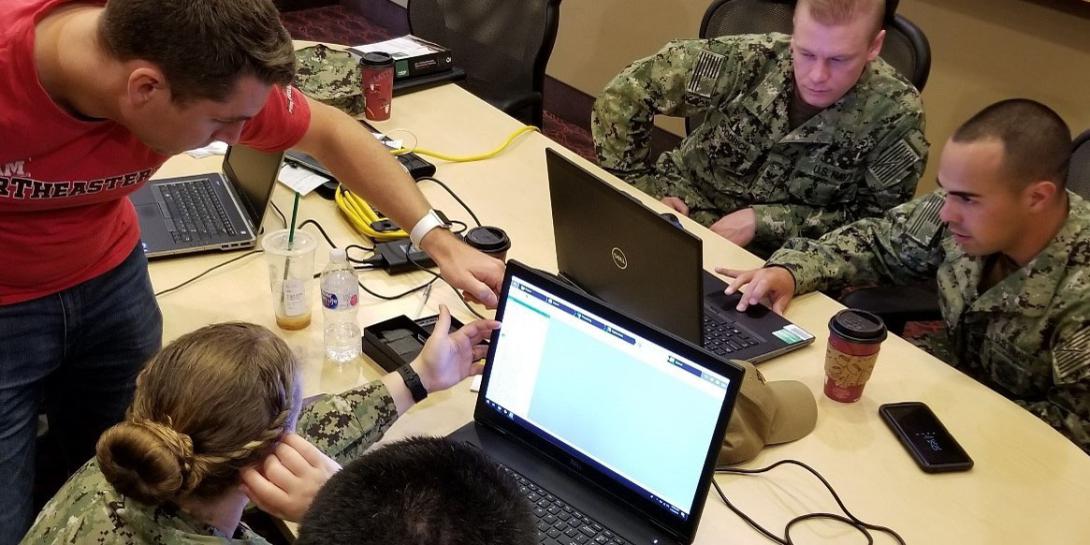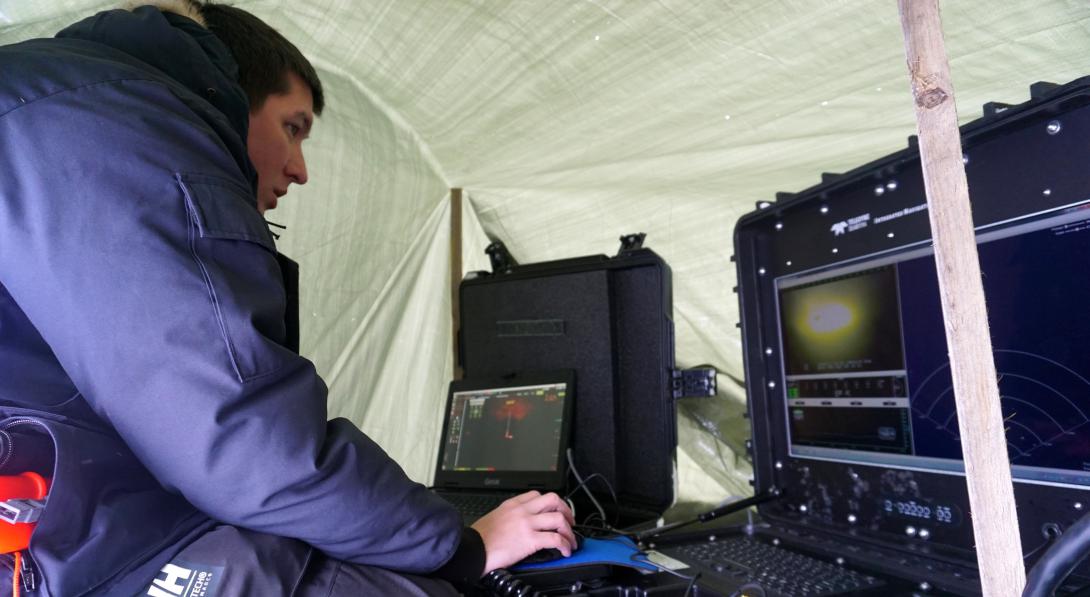Sea Service Pivots to Protect Against Great Powers
The U.S. Navy is working to keep pace with its land counterparts by providing the right information, software updates and new technical capabilities to its sailors at the right place and the right time. In the case of the sea service, the right place is often out at sea and under suboptimal conditions for satellite transmissions. The right time is every moment they need it.
The Navy’s new Combat to Connect in 24 Hours (C2C24) program aims to achieve this goal, and the service is looking to industry for assistance with addressing this and other challenges. To this end, AFCEA International’s Intelligence department is hosting the Navy Information Warfare Industry Day, a classified (Secret/NOFORN) event that takes place on June 21 at the NGA Campus East in Springfield, Virginia.
Joseph Gradisher explains the Navy’s focus, strategy and requirements have shifted for several reasons. Gradisher, who is the strategic engagement director, deputy chief of naval operations information warfare, admits that the first challenge is the reappearance of threats from great powers.
After the 9/11 terrorists attacks on the United States, the U.S. Defense Department turned its attention toward developing ways to fight small groups and rogue nation-states. These operations primarily took place on land against terrorist cells and groups like al-Qaida and the Taliban, so the focus on the “blue water force” declined, he explains.
Today’s threat environment demands different capabilities, and the emphasis of the Chief of Naval Operations’ (CNO) strategy as well as A Design for Maintaining Maritime Superiority Design 2.0, an unclassified version of the strategy, and the National Defense Strategy, Gradisher explains, is a return to protecting against attacks from Russia and China primarily, and to a lesser degree North Korea and Iran, and will require more of the maritime services.
Another motivation for boosting the speed at which ships can obtain the most recent information and intelligence is how quickly technology itself is changing, he says. Adversaries are developing new ways to attack information systems as fast as—and sometimes faster than—any large military or nation. As a result, ship systems must be protected against the latest cybersecurity hacks at the speed of technology change.
One way the Navy confronted this challenge occurred over the past decade as individual naval departments melded their previously stovepiped sections, combining their capabilities and supporting each other’s missions. For example, by combining the N2, which focused on intelligence, and the N6 that concentrated on information technology, the service brought together a corps of professionals dedicated to harnessing the power of the whole force, Gradisher relates.
Another way the sea service has attacked the cybersecurity challenges that top-speed changes pose is by working with industry. “We’ve had these industry days every year because we recognize we can’t do this on our own,” he says. “We need industry’s participation in preparations for and in the fight we’re in today. Industry plays a crucial role. If you look at the CNO’s Design 2.0, one of the things he stresses in there are partnerships with our foreign allies, with our other services, in the joint world but also very specifically with our industry and academia partners. We need the talent and skills they bring and the capabilities they bring to give us the tools we need to succeed,” Gradisher states.
The IW Industry Day has been designed to facilitate this conversation. It begins with a high-level explanation of the Navy’s overall strategy and throughout the day narrows the focus to how the service currently fights. Next, the N2N6 perspective will be discussed, which will lead to an explanation of budget restraints and how they may affect the technical solutions the service considers. The afternoon sessions are dedicated to C2C24, the defense industrial base and acquisition.
This last item is particularly important, Gradisher says, because the service must find ways to work within the procurement system, which can be lengthy, yet obtain state-of-the-art technologies. Company and academia participants are invited to speak one-on-one with naval information warfare leaders at the conference to help find a solution to this challenge, he points out. Register for the event online. Registration is free for military and federal civilian personnel.






Comments